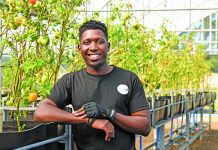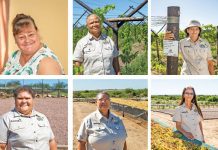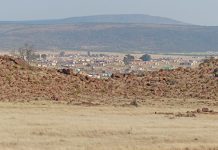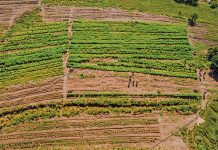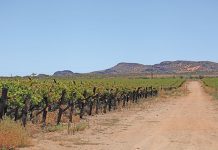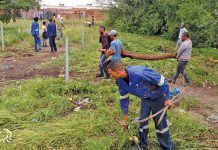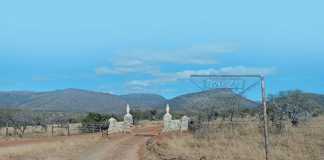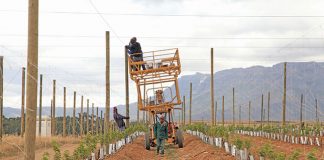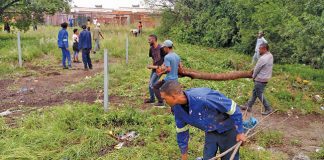Improving livestock production in communal areas has always been a pain, despite benefits like free land and water. Everyone wants to do things their own way, so it’s difficult to combat overgrazing, disease and other problems. But the Vuvha community in the Tengwe area of Venda has overcome the challenges that have held back communal cattle farming for years.
Because farming is the rural community’s main income, the late chief Alfred Bele and Tshianeo Mathidi, council chairperson of the National Emergent Red Meat Producers’ Organisation, looked for ways to make agriculture pay more. They realised cattle were the best way to improve the village’s almost non-existent economy.
Local livestock owners agreed to change how they manage their herds and to become part of a cattle-improvement project.
“They realised it would be impossible to improve their cattle’s quality if they stuck to the ways of their forefathers,” says Tshianeo, who’s now the project coordinator. “It’s largely for this reason that their quality of life hasn’t improved for years.”
The one-herd project
The project started in 2003 with 19 farmers combining their herds. The community agreed to have only one village herd, managed by three herdsmen. This way they would share the resources used for the project – although each farmer keeps control over his cattle and has a registered brand.
“In the end, it wasn’t difficult to get them to cooperate,” says Tshianeo. “The project allows the community members to run the show. Everyone involved in the project is on the board of directors. There was no specific class required for membership. Whether you have one or 50 cattle, you’re welcome to join.”
The chief allocated 670ha of grazing land to the project. “We’re now trying to get a fence to separate the farm into small camps and to put water in each camp,” says Tshianeo. In winter, the cattle are taken to the community’s ploughing lands. This solves the stray animal problem. “We don’t have an issue with stray animals because no-one’s cattle are on the roads anymore,” notes Tshianeo.
At their monthly meetings, members of the project each donate a small amount of money for the day-to-day running of the herd and for animal medication. The money also pays the salaries of the three herdsmen, Lufuno Nethononda, Edson Ratenda and Fanuel Munyayi.
A better breed
Tshianeo says they decided to breed Nguni cattle because they adapt well to the local climate and are very profitable. “Our area is mountainous and hot, so Ngunis were a better choice than our indigenous mixed breeds,” he explains. Currently, about 259 cattle are being managed as one herd. Branding, dehorning, castration and other activities are done on the same day by all project members.
Support for the project
In 2004, the ARC was asked to help the project by running workshops on basic cattle management and marketing. Daniel Nembilwi, animal research technician at the ARC Animal Improvement Institute, works with the community. “Our main aim is to change their old way of farming into real businesses,” he says. “We’re impressed by the way the community has organised itself, which makes it easy to work with,” he adds.
Although the marketing of the cattle is still the owner’s responsibility and decision, the ARC advises farmers about which animals they should keep and which they should sell. Then there’s the emerging farmer embryo-transplant project, says Daniel. It’s the second of its kind in South Africa. The other project is in the Eastern Cape.
Not enough bulls
In 2008, the agriculture department in Limpopo donated two Nguni bulls to the project and the ARC transferred five embryos to five cows. “But only three of them fell pregnant,” says Tshianeo. “The two bulls from the department aren’t enough to service the whole herd,” adds Rembu Madamalala, chairperson of the project’s board of directors. But money is a problem.
“Vuvha has an unemployment rate of more than 90% and project members can’t afford to contribute toward a R20 000 bull,” he explains.
Feed project to solve grazing problem
Because Limpopo is a dry area, grazing is another challenge, says Tshianeo. “But together with the agriculture department, the community has started a cattle-feeding project,” he says. The community will plant lucerne in ploughing land that will be used in winter to feed the cattle. Each member of the project has donated about 10ha of their ploughing land for this and the department will supply the input for the first planting season.
“The lucerne surplus will be sold to generate income for the project,” says Tshianeo.
Contact Tshianeo Mathidi on 082 425 2435.

